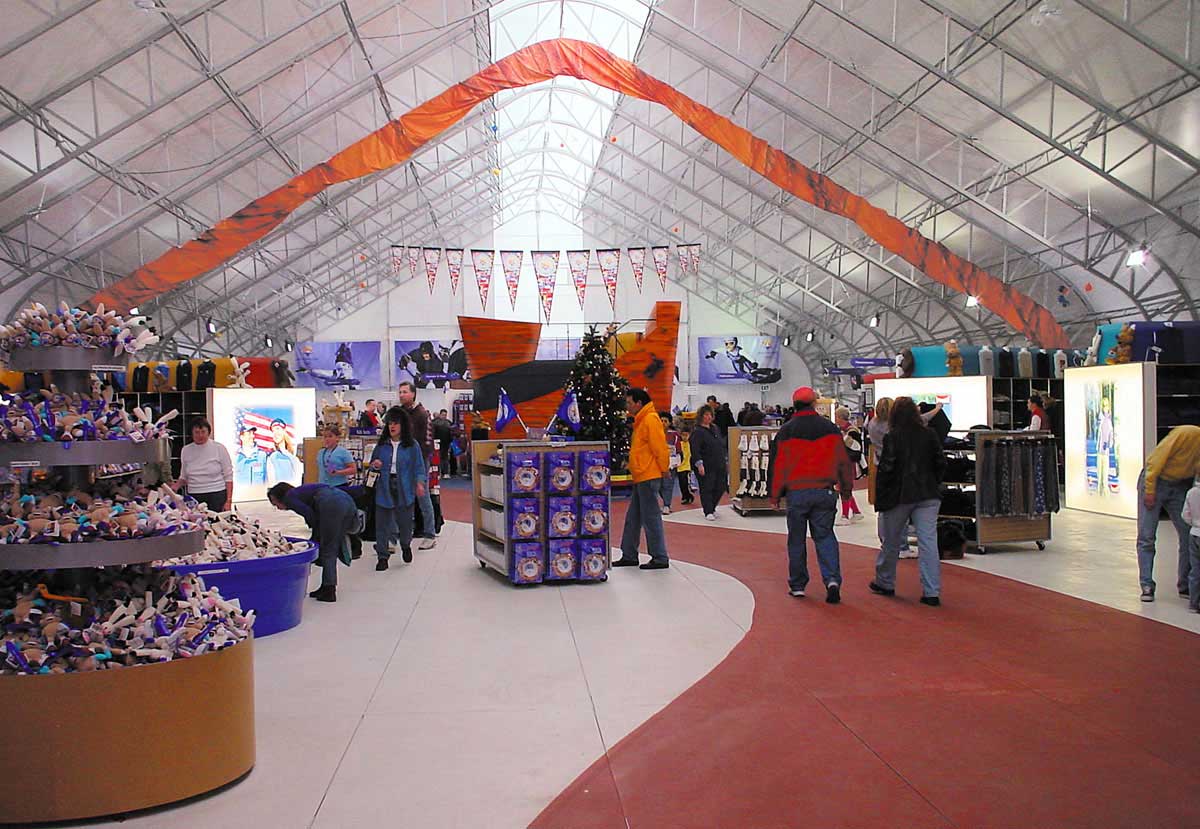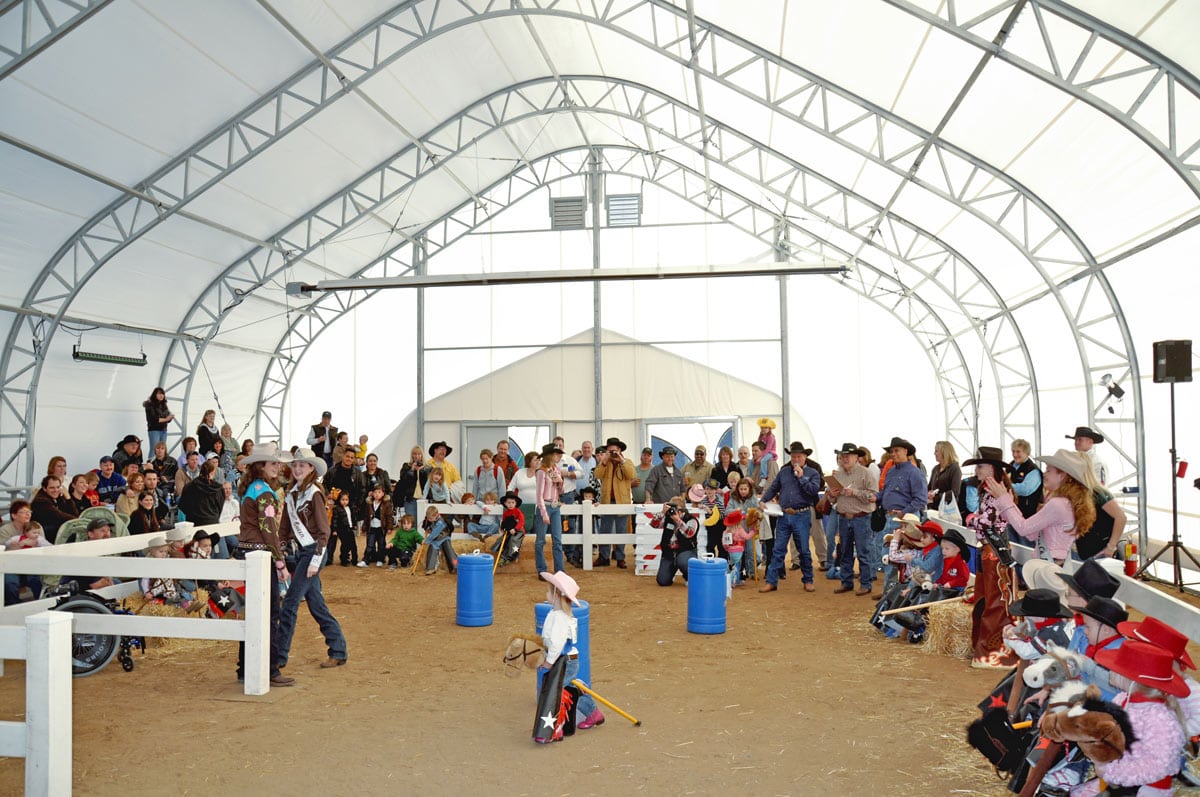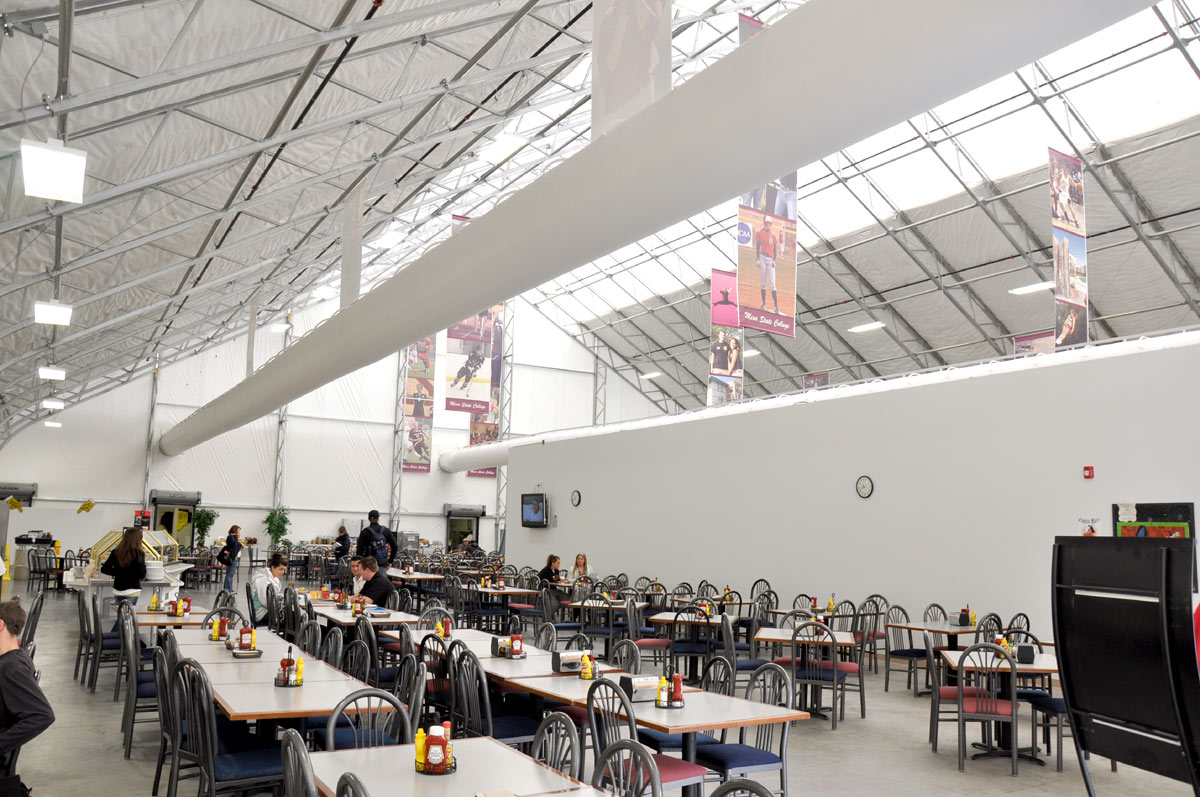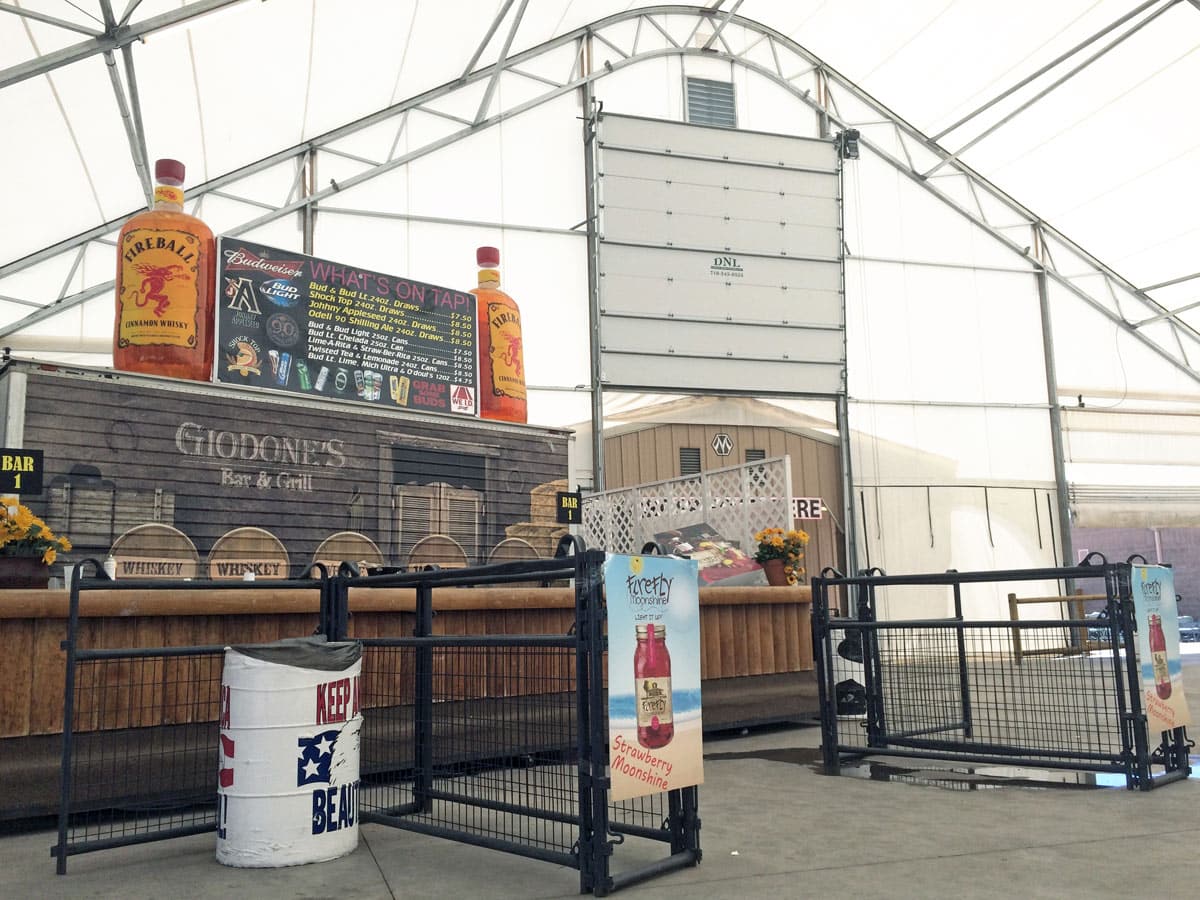How Much Money Do Amusement Parks Make
The business of theme parks is one of big dreams. Many grand plans have failed to materialize because of unrealistic goals. For a theme park to be successful, dreams and reality need to make a connection somewhere along the line, and from a business perspective – it's preferable and recommended to understand and undergo this process early on.
Part of making that connection entails pricing your theme park appropriately in order to maximize profit.
Types of Theme Parks
Some theme parks are more profitable than others — think Disney and Universal Studios. These large companies have spent billions of dollars to make their theme parks a go-to destination for family entertainment, and attract customers from around the world. The reason these mega-theme parks reached their level of success can be attributed to many factors, including the novelty of creating the first to offer such services in the 1950s and 1960s. Until someone takes the bold (and perhaps unethical) move of cloning dinosaurs and offering tours, like in the movie Jurassic Park , it's a situation this is unlikely to happen again.
In today's world, three revenue tiers of theme parks exist: mega parks, super-regional parks, and the rest of the parks. Mega parks are essentially Disney and Universal Studios, with revenue measured in the billions. Super-regional parks have revenues between $100 million and $1 billion. Disney and Universal own many of them, but large parks such as Six Flags are also in this category. The rest of the parks are those that pull in less than $100 million, and they make up 95 percent of the worldwide market. Indoor parks can turn immediate profits by taking advantage of sponsorships and pre-opening events designed to generate interest.
The first two tiers (mega- and super-regional parks) make up only 5 percent of the market, but command 90 percent of the revenue. Among the other 95 percent of the park market, indoor theme parks and water parks have the highest probability of turning a profit . We will focus on this last and largest group of parks. For reference, the scope of indoor parks in this category is usually between 20,000 and 100,000 square feet.
How Theme Parks can Generate Revenue
Ticket sales make up approximately 50 percent of a park's revenue , and the rest comes from food, beverages, merchandise sales, and rides or activities. Ticket prices have a ceiling of around $70, and only the biggest parks can charge more than $90. 95 percent of the world's theme park admission prices are under $60.
 When it comes to visiting a theme park, customers have come to expect a total experience and choose to spend their money at a theme parks that offer the following services, entertainment, and activities:
When it comes to visiting a theme park, customers have come to expect a total experience and choose to spend their money at a theme parks that offer the following services, entertainment, and activities:
- Parking
- Restaurants and food vendors
- Live animal attractions
- Arts and original craft booths
- Stage shows
- Arcade and carnival games
- Interactive landscaping
- Educational exhibits
Once you have the customers inside the park, selling extra services and features will increase your revenue. Premium services can be a good source of revenue, and many customers are willing to pay for them. Some ideas are fast passes for rides, loyalty programs, and season passes.
For an example of what some smaller parks can expect an average visitor to pay during their visit, see this list . The comparative figures include the cost of one adult admission, parking, one meal, and accommodations for one. The sales ranged from $60 to $127, excluding the bigger parks such as Six Flags and Disney.
Profit Margins of a Theme Park
In basic terms, the net profit margin is a measure of your profitability. It's a percentage of selling price that results in profit. Determining your park's net profit margin is a good indicator of how successful a park is in turning revenue into profit. A park with a low net profit margin would need to cut down on costs and increase revenue to be successful.
In general, the bigger the budget, the lower the chances are that the park will be profitable. If successfully managed and operated, indoor theme parks and water parks can expect a return on investment from the mid-teens to 20 percent . Parks of this category run from $10 million to $30 million in development costs and from $3 million to $10 million in revenue.
 Cost to Build a Theme Park
Cost to Build a Theme Park
A good rule of thumb to remember is that the higher your development costs, the lower your chances of profiting. Indoor theme parks and waterparks may have a low revenue per square foot, but they also have a low development cost per square foot.
How much does it cost to build a theme park? Small waterparks can cost less than $1 million to build, but parks of this size are considered more as water playgrounds. Generally, waterparks, as we have come to know (and expect of) them, cost between $10 million and $40 million to build. Indoor theme parks require, on average, $10 million to $30 million to build.
Tensioned Fabric Buildings Offer a Cost Saving Strategy for Building a Theme Park
WeatherPort Shelter Systems™ has assisted fairgrounds, amusement parks, water parks, theme parks of all sizes, and family entertainment centers around the world with creating custom-designed indoor entertainment centers for 50 years. Our engineered fabric buildings can be designed up to 150-feet wide, to any length, as well as to any height to accommodate the design of indoor theme park attractions, including multi-acre mega-indoor play centers, leisure centers, and small 100- to 200-child capacity fun centers.
Keep Your Theme Park Open Year-Round with Fabric Structures
Tensioned fabric buildings from WeatherPort™ can help in a variety of ways to keep your water or theme park profitable. Extend your high-grossing summer season by enclosing pools, slides, and outdoor attractions with custom build fabric structures. WeatherPort™ fabric buildings are engineered to meet local and international building codes for safety and long-lasting durability. All our buildings employ a fabric membrane tensioned over a high-strength frame system. The fabric membranes are made using a proprietary blend of materials that are UV stabilized (not coated) to handle prolonged exposure to high solar loads, offer a greater abrasion resistance than other fabric building covers, exceeds the fire safety requirements outlined in the California Code of Regulations for membrane structures, will not rot, and is mold and mildew resistant.

The DAGB Series of fabric structures utilize a double-arch truss design made of galvanized steel and provide a large open span interior, perfect for protecting guests and attractions from harsh winter or blistering summer conditions. WeatherPort™ offers many different building models, including single-arch designs like the HGB Series and GB Series that offer unmatched portability, ease of setup, and can be custom designed with high-strength steel or lightweight and aircraft-grade aluminum frame systems.
When it comes to quickly expanding your park's services, creating space for vendor booths, first aid shelters, lost and found offices, or increasing ticket sales with more kiosks, the Canopy Series is the ultimate outdoor canopy structure! Just like our other fabric buildings, canopy structures from WeatherPort™ are engineered to withstand the elements and are perfect for creating seasonal or year-round structures. The WeatherPort™ canopy can be custom designed using a large selection of fabric colors, patterns, or printed with your park name and logo !
Optional powder coating is available for parks located in coastal regions where sea spray is present, in locations with high humidity, and for applications like pool enclosures, water parks, and indoor aquatic centers that use chlorine or other corrosive materials.
Use Fabric Buildings to Expand Your Park
 The modular design of our engineered fabric buildings allow water and theme parks to capitalize on changing park trends, offer additional indoor services and attractions, as well as the ability to quickly expand existing infrastructure when you need more space.
The modular design of our engineered fabric buildings allow water and theme parks to capitalize on changing park trends, offer additional indoor services and attractions, as well as the ability to quickly expand existing infrastructure when you need more space.
Take advantage and benefit from early profits by hosting a pre-opening event with a WeatherPort™ fabric structure. The ability to generate interest prior to opening will mean more ticket sales when your park has its grand opening!
Minimize Development Costs and Theme Park Construction Schedules
Keep your development costs low with engineered fabric structures from WeatherPort™. By design, all of our modular building solutions have minimal foundation requirements, resulting in less site preparation and less pre-construction work. WeatherPort™ fabric buildings can be completely installed in a fraction of the time compared to buildings made from conventional methods. This not only reduces the overall construction schedule of your theme park building, but reduce the overhead costs associated with the lengthy construction of typical theme park infrastructure.
With regards to reducing development costs, another cost-saving benefit of using engineered fabric buildings from WeatherPort™ is they can be setup by unskilled labor. We also engineer and develop many of the support systems designed to increase energy efficiency and comfort, including our plug-and-play lighting and electrical systems. Investing in a high-quality building system from WeatherPort™ means expensive setup crews and electricians 1 are not needed to safely secure and install our building systems.
Once setup, engineered fabric structures from WeatherPort™ are virtually maintenance free. This results in a significant cost savings for theme park owners and operators looking to invest in a building system that has a direct impact on the day-to-day operating costs.
Contact Us Today to Design a Building System for Your Theme Park
Are you ready to make your dreams of opening a theme park a reality? Or looking to expand your park's services and attractions with new buildings?
Our building specialists are available to discuss your theme park needs and work with you to design a theme park building!
Call us today at +1-970-399-5909!
Or send us an email: info@weatherport.com , or use our online contact form .
¹ A certified electrician may be required to connect the electrical distribution panel to shore power or local power utility. Please check with your local or state requirements.
How Much Money Do Amusement Parks Make
Source: https://weatherport.com/guide-to-pricing-a-theme-park-for-profit/
Posted by: scottdess1993.blogspot.com


0 Response to "How Much Money Do Amusement Parks Make"
Post a Comment